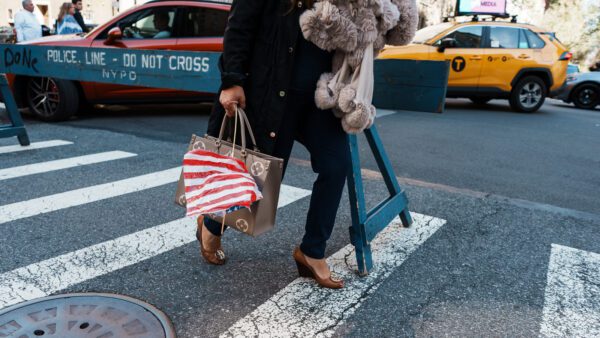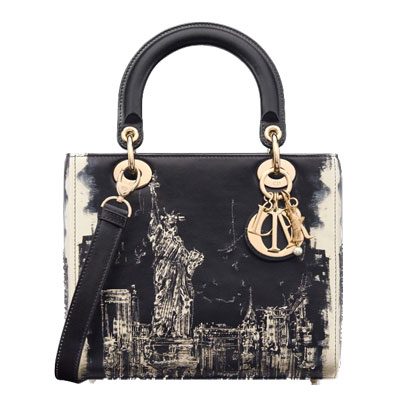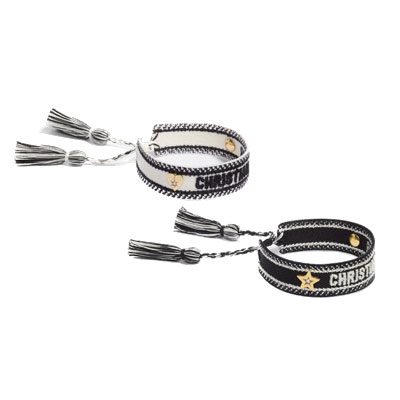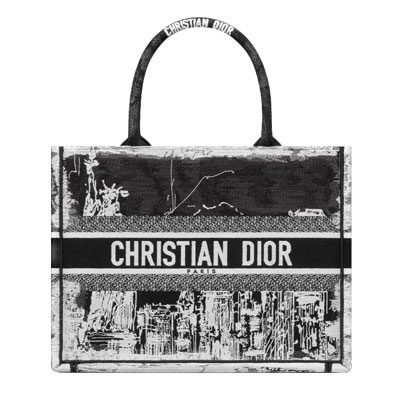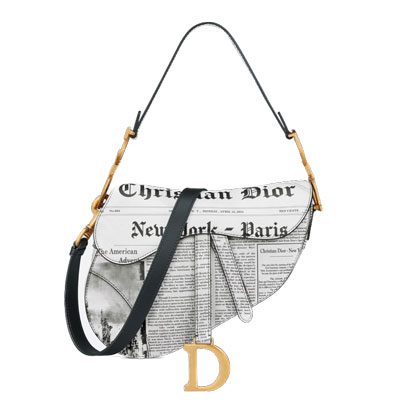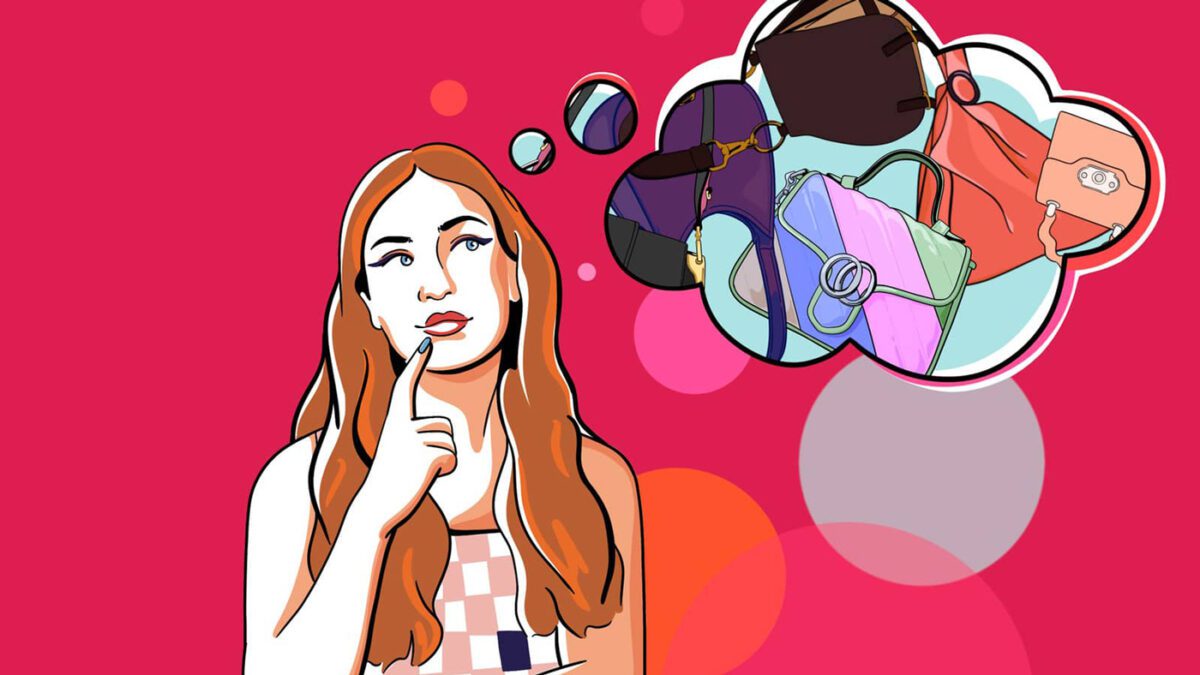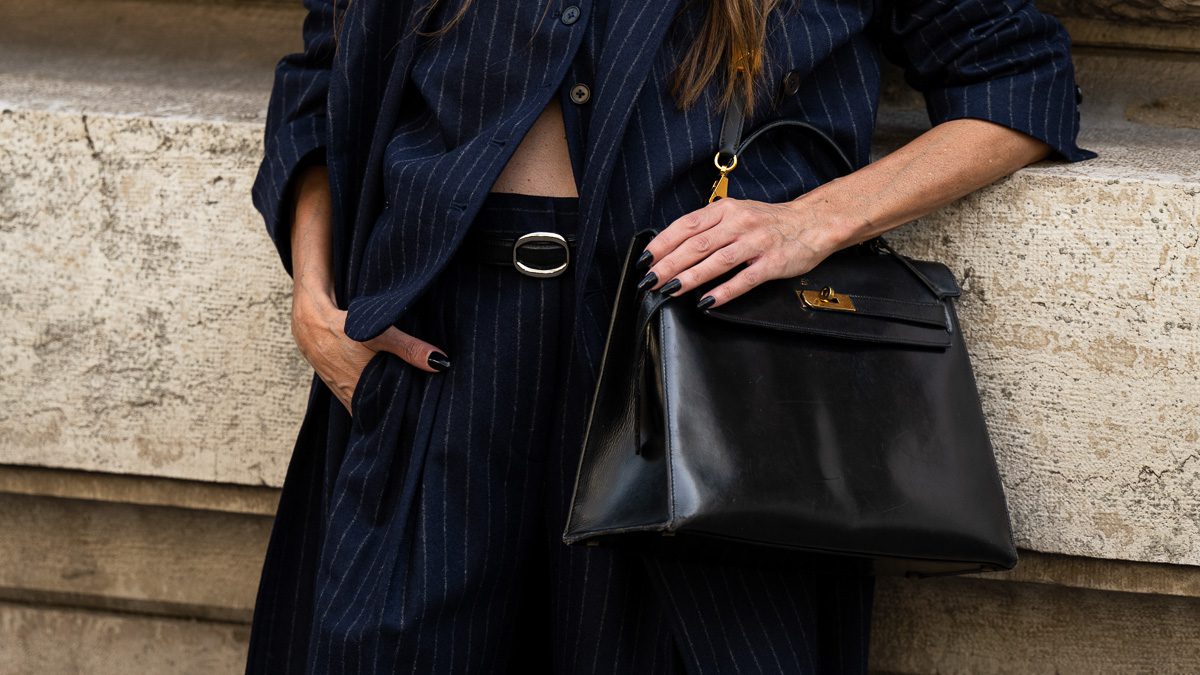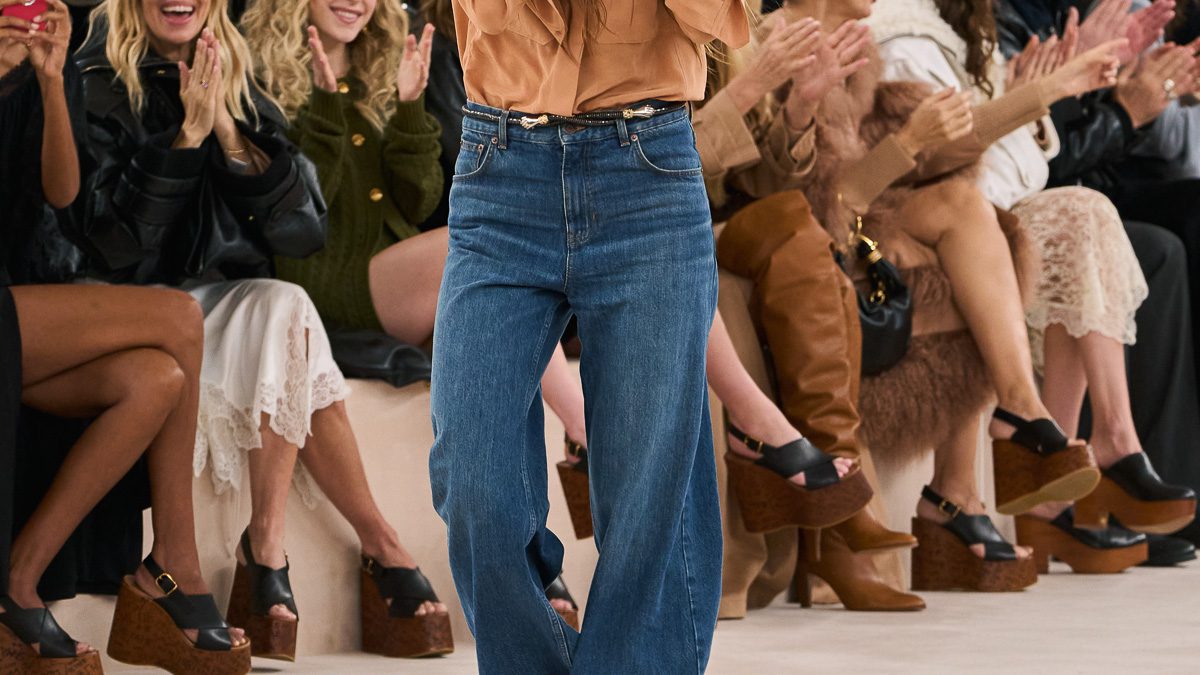Originally invented as a tool to collect materials, store and transport loose food, the handbag has evolved into more than that, moving away from its technical function to become a fashion statement, a display of financial prowess and, arguably, the most important piece in a brand’s lineup, heavily relied upon to bring in sustained cash flow.
In 2020, there are bags of different shapes, meant for every season and priced at any budget. Alongside shoes, they’ve become the accessory par excellence. At this very moment, there are 2,172 bags available for purchase on MyTheresa.com, ranging from a $148 Cult Gaia bamboo clutch to an $8,400 Bottega Veneta sponge leather clutch. On Asos.com—usually a more affordable website compared to the former—users can browse through 490 entries as expensive as a $228 AllSaints tote bag. The possibilities are endless and yet we find ourselves constantly migrating towards the most expensive, exclusive designer handbags out there, which have ballooned in price in recent years.
Just this past May, Chanel announced a worldwide increase in prices of certain products to “take into account a rise in the cost of raw materials amid the coronavirus pandemic.” The 5% to 7% uptick “only regards Chanel’s iconic handbags, 11.12 and 2.55, as well as Boy, Gabrielle, Chanel 19 bags and certain small leather goods,” the company announced in an official press release.
According to Pulse News Korea, Louis Vuitton and Tiffany & Co. also hiked up their prices by 11% on certain products sold in South Korea.
But it isn’t just a global pandemic and shifting resources that have supposedly forced companies across industries to shift their financial propositions: inflation and economic order have been catalyzing an increase in prices on all types of goods—including designer handbags—for years. According to online marketplace Open for Vintage, the retail price of designer bags increases by an average of 3% each year.
Reuters reports that Louis Vuitton’s Neverfull MM Monogram bag, for example, cost $1,320 at the end of October, $1,430 at the beginning of May and today sells for $1,500 on the brand’s website. That amounts to a 14% increase in price.
Back in May, we analyzed fluctuations in costs on Chanel bags. For example, the classic mini rectangular flap bag—which once sold for $3,500—went up 8.6% and is now attached to a $3,800 price tag. The price of the Chanel classic medium flap bag increased by 12.1%, from $5,800 to $6,500. Clearly, folks are buying these bags—no matter how expensive they are. Which begs the question: why do we spend so much money on designer handbags while scoffing at the notion of dishing out a couple of dollars on an iPhone app, for example? What is it about a high-end bag that pulls us in and convinces us to shell out exorbitant amounts of money on it, even if not always able to actually afford it?
What is it about a high-end bag that pulls us in and convinces us to shell out exorbitant amounts of money on it, even if not always able to actually afford it?
Turns out, multiple forces are at work, simultaneously shaping our psyches—and wallets—to convince us that luxury items aren’t just things we want but actually need. For women especially, a sense of self highly depends on potential access to these accessories.
“There is an individual that wants people to see they are rich [so they feel better about themselves],” explains clinical psychologist Dr. Cali Estes. “And there is another person that wants to be fashionable, wants to be seen as cutting-edge.” Although the immediate thoughts associated with owning the item differ, both types of people rely upon the object to achieve a higher sense of self-esteem, based upon other folks’ feelings towards the product. We spend thousands of dollars on a Boy bag not because the bag makes us feel good, but because other people’s reaction to our being able to afford the bag makes us feel good.
Of course, it’s not so entirely black-and-white. The popularity of an item is somehow based on its use, function and beauty. But a bit of all those qualities goes a long way when justifying steep cost increases.
Another reason why we seem to be hooked on expensive handbags is the experience that comes along with the act of purchasing one. “When you walk into Prada, it’s like you’re royalty. They treat you amazingly,” explains Dr. Estes. “It’s not just about the purchasing of the item, it’s the full experience.” She likens the process to “going to Supercuts versus a hair salon to cut your hair.” Although the result might be the same, the voyage differs. “Every time you take out the bag you bought from Prada, you remember the experience,” she says. That line of thought also explains why purchasing an identical product from a thrift shop—a bag as “real” as a new one from Prada—doesn’t feel as satisfying as going to a brand store.
Interestingly enough, according to Dr. Estes, “if you put two identical bags in front of someone that has disposable income but one of them is thousands of dollars more expensive, they’ll go for the more expensive bag.” Having money seems to come with the side effect of wanting to spend it.
Of course, the psychology involved in the marketing and purchasing of high-end products doesn’t solely apply to women. According to Dr. Estes, men’s feelings towards watches are similar to women’s towards bags. The expert also mentions that men flock towards “experiences” and products associated with them, more than they do material goods. “You will see this behavior among men and sports,” she says. “They will buy jerseys, helmets, signed autographs and put it in their man caves.” The difference, as told by the psychologist, is that those products make male buyers feel good in and of themselves, not in reaction to other folks’ thoughts about the purchase.
The difference in logic isn’t only found on a woman-men spectrum, but across cultures. In France and China, for example, owning expensive products has become a virtual requirement in the quest to “keep up with everyone,” according to Dr. Estes. Across the ocean, owning a $4,000 bag isn’t considered a luxury but a necessity.
Although not necessarily a propelling force when analyzing our desire to purchase expensive fashion items, it is worth noting that high-end designer bags happen to retain their value—and then some. You might spend $3,000 on a new Louis Vuitton tote, but you can rest assured you’ll get part of that money back if deciding to part ways with it and sell it used on a secondary market.
As sensical as all the psychological arguments are, there is something simply illogical about fashion. We can predict what kinds of clothes and accessories we will want as ours just as easily as we can the trends that will take over the runway—and our closets—in upcoming seasons. That is to say: some things just can’t be explained. A lot of fashion has to do with feeling and circumstance and, at the end of each day, aren’t we all just trying to feel a bit better about ourselves? So what if an incredibly expensive and likely overpriced bag helps us get there?

